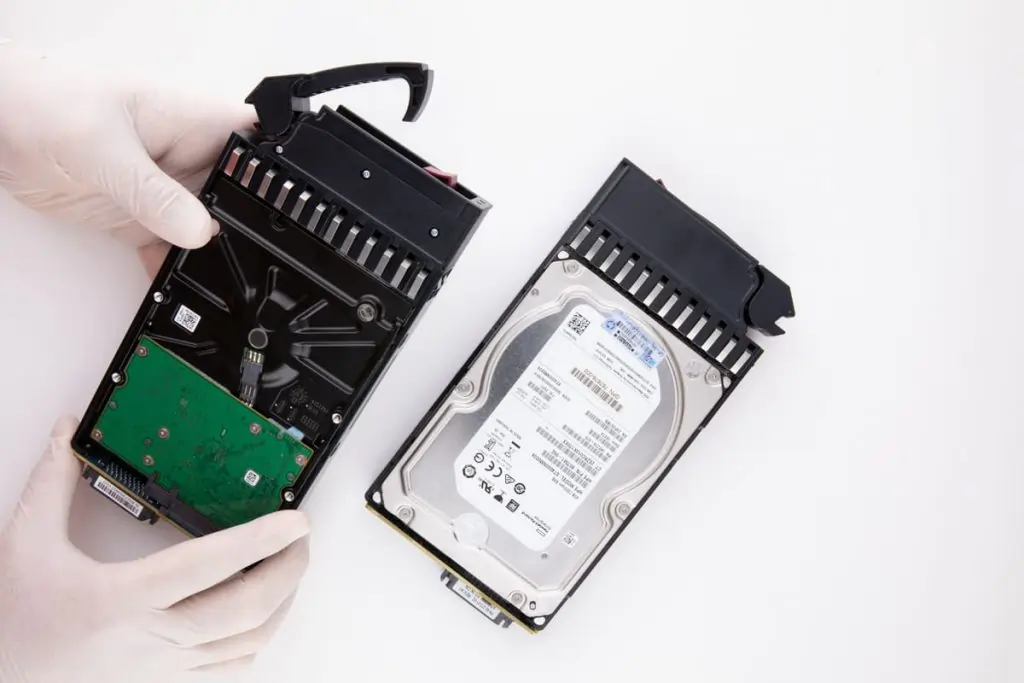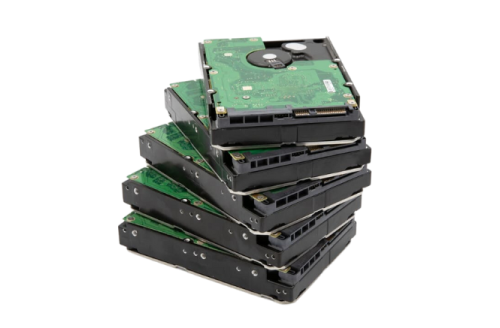When choosing data storage and management, the right RAID configuration is key for performance, reliability, and redundancy. This blog compares RAID 1 and RAID 10, two popular options. RAID 1 offers simple, strong mirroring for data redundancy.
RAID 10, a mix of RAID 1 and RAID 0, provides redundancy with better performance. We’ll delve into the differences, benefits, and ideal uses for RAID 1 vs. RAID 10, guiding you to the best choice for your storage needs.
Overview of RAID Technology
A RAID array combines multiple physical hard drives into one logical unit. Compared to using a single disk, it provides data protection, improved performance, and increased storage capacity.
There are different levels or configurations of RAID, each with its unique features and uses. Two common configurations are RAID 1 and RAID 10, which offer similar levels of redundancy but have some notable differences.
RAID 1: Mirroring
Redundant Array of Independent Disks 1, also known as mirroring, is a simple form of redundancy where data is duplicated onto two or more disks.

This means that every write operation is performed on both disks simultaneously, ensuring that if one disk fails, the other can still hold all the necessary data.
This redundancy also results in improved read performance, as the system can retrieve data from either disk.
One downside of RAID 1 is that it offers limited storage capacity compared to other RAID configurations. For example, if two 1TB disks are used in a RAID 1 setup, the total usable capacity will only be 1TB, as the second disk is essentially an exact copy of the first.
RAID 10: Mirrored Stripping
Redundant Array of Independent Disks 10 combines the features of both mirroring and stripping for increased performance and redundancy. It requires at least four disks and works by splitting data into blocks and then duplicating those blocks onto another set of mirrored disks.
This setup allows for improved read and write performance, as data can be retrieved from the mirrored disks simultaneously. Additionally, RAID 10 offers better storage capacity compared to RAID 1, as only half of the total disk space is used for mirroring.
Comparison Between RAID 1 and RAID 10

Fault Tolerance
RAID 1 can survive a single disk failure, as the remaining disk in the pair keeps all data. Conversely, RAID 10 can handle multiple disk failures as long as no mirrored pair loses both disks. In a four-disk setup, RAID 10 can endure two disk failures.
Read Performance
RAID 1 offers improved read performance since data can be read from both disks simultaneously. On the other hand, RAID 10 provides even better read performance because data can be read from multiple disks due to the combination of mirroring and striping.
Write Performance
RAID 1 offers write performance that is generally similar to a single disk because data must be written to both disks simultaneously. In contrast, RAID 10 provides enhanced write performance as data can be written in parallel across multiple disks, thanks to striping.
Data Protection
RAID 1 provides robust data protection through mirroring, ensuring that each disk has an exact copy of the data. Meanwhile, RAID 10 offers higher data protection by combining mirroring and striping, where data is mirrored after being striped across multiple disks.
Minimum Drives
RAID 1 needs two disks for data mirroring, ensuring data access if a disk fails. RAID 10, requiring four disks, combines mirroring and striping for better performance and redundancy. Knowing these helps choose the right RAID level for storage needs.
Failure Tolerance

RAID 1 is limited to surviving the failure of just one disk, while RAID 10 can withstand the failure of multiple disks, provided they’re not within the same mirrored pair.
Usable Capacity
In a RAID 1 setup, the usable capacity is half of the total disk space. For example, two 1TB disks offer 1TB of usable space. Similarly, RAID 10 also provides 50% usable capacity. With four 1TB disks, the total usable space is 2 TB.
Cost Efficiency
RAID 1 is generally more cost-efficient due to the lower number of disks required, but it offers less storage capacity. On the other hand, RAID 10 has a higher cost because it requires more disks, but it provides better performance and fault tolerance.
Complexity
RAID 1 is simple to set up and manage due to its straightforward mirroring configuration. In contrast, RAID 10 is more complex to implement and manage because it combines mirroring and striping, which requires careful configuration and maintenance.
Applications and Uses for RAID 10 and RAID 1
RAID 1 is often used in desktop computers and small servers where data redundancy is important, but performance or storage capacity is not a top priority. It’s also commonly used for database servers, as the mirrored disks can improve read performance for frequent data access.
RAID 10, favored for its high performance and reliability, is ideal for web servers, virtualization, and big data applications in enterprise settings. Its higher cost stems from the need for more disks compared to RAID 1.
Choosing between RAID 1 and RAID 10 depends on your specific needs. Both options enhance data protection and storage, but each serves different purposes. Regularly reviewing and updating your system’s requirements is key to maintaining optimal performance and data integrity.
Frequently Asked Question
Is RAID 1 better than RAID 10?
RAID 1 and RAID 10 serve different purposes. RAID 1 offers mirroring for redundancy, ideal for data safety. RAID 10 combines mirroring and striping, providing both redundancy and performance. Your choice depends on whether you prioritize data safety or speed.
What is RAID 1 best used for?
RAID 1 is best used for data redundancy and reliability. It duplicates data across two drives, ensuring data remains accessible if one fails. It is ideal for critical systems where data integrity is paramount.
What is RAID 1, and how does it differ from RAID 10?
RAID 1 involves mirroring data across two drives for redundancy. RAID 10, or RAID 1+0, combines RAID 1 and RAID 0 by mirroring and striping data across multiple drives. RAID 10 offers both redundancy and performance, while RAID 1 focuses solely on redundancy.
Which RAID level offers better fault tolerance?
RAID 1 offers excellent fault tolerance by mirroring data, ensuring data integrity even if one drive fails. RAID 10 also provides good fault tolerance through mirroring, but it requires a minimum of four drives and offers enhanced performance through striping.
How does RAID 1 and RAID 10 impact storage capacity?
In RAID 1, storage capacity is halved as data is mirrored across two drives. In RAID 10, storage capacity is also halved since it mirrors and stripes data across multiple drives. For both RAID levels, effective storage capacity is 50% of the total combined drive capacity.
Which RAID level performs better for read and write operations?
RAID 10 performs better for read and write operations due to its combination of striping and mirroring. RAID 1, while providing good read performance, can be slower for write operations as data must be written to both drives simultaneously.

